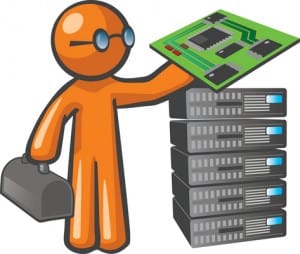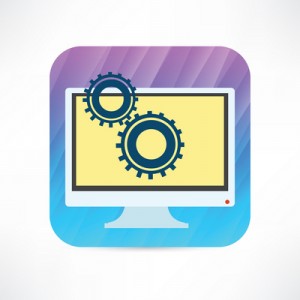
In modern computing, it is very important that you have a technological solution in place to allow smooth function at your small business. Here are 5 reasons why it’s important to do so.
Business Growth
As your business grows, you’re going to need a plan for expansion if you expect to grow. Technology changes every day and it’s important to stay up to speed with the latest and greatest tech in order to move forward in the growth direction. In today’s tech, there are even data growth solutions that will grow with your business automatically.
This not only saves time with expansion, but allows your business to save money in the long run. Technology is very important and should not be taken for granted in order for your business to thrive effectively.
On-The-Move Tech
As your business grows and you begin to move forward, you will need to be able to run your business from several locations. Technology allows you to do this from one central location. Utilizing tech makes certain that you’re not only monitoring your business at all locations, but that it’s more secure than ever.
From mobile devices to laptops to networking equipment, an IT professional will provide you with the best care needed to keep your business with you at all times.
Fewer Headaches With A Managed Plan
With a managed plan (such as the ones Tech Experts offer), your computer problems are monitored and are taken care of by a tech professional.
This cleans your hands of computer problems and allows you to run your business more effectively — minus the technology headache — and keeps your business running much more efficiently.
All workstations will be managed and up-to-date, along with programs that normally would fall behind due to user awareness.
Our tech team can and will make sure that your workstations servers and network equipment will have the latest firmware and software updates available.
Automate Computation
In today’s tech there are many ways to automate normally manual tasks. Such as automated password or online form completion.
Technology is designed to complete tasks for you while you sit back and save time and save money. Take advantage of a solution that is going to improve your everyday small business life on a colossal scale. Automation is domination in the computer world and should not be taken lightly.
Reduce Redundancy
Your data is a vital component to your business and it is very important that your data does not get overlooked.
When functioning in a business environment, the best practice is to not only have a backup of your data but prevent your data from being lost to begin with. This is when redundancy comes in.
Your server for your business should be monitored, verified, and managed by an IT professional. This will allow you to function throughout the day without worrying about your data being safe and secure, keep an increased outlook on productivity, and allow for a guaranteed solution for data retrieval.






